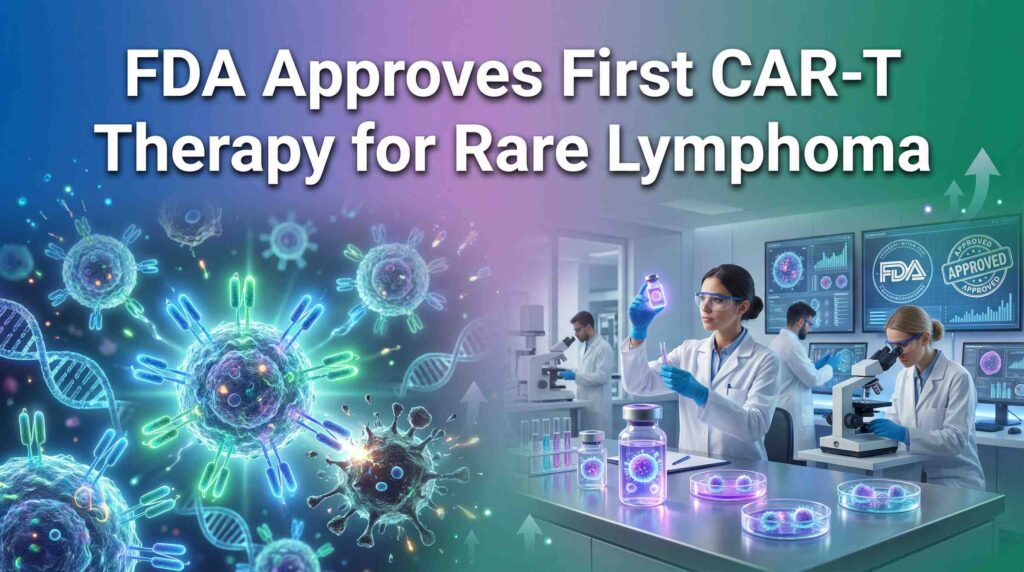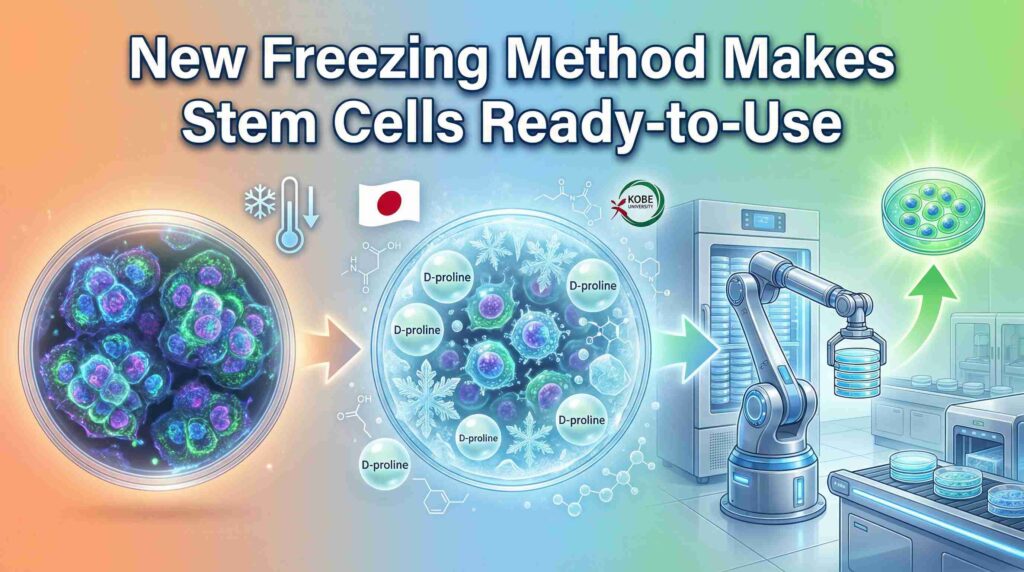In a recent interview at the Eleventh Annual Meeting of the Society of Hematologic Oncology (SOHO 2023) held in Houston, TX, Dr. Rohtesh Mehta from the Fred Hutchinson Cancer Research Center in Seattle, WA, discussed the crucial factors to consider when selecting mismatched unrelated donors (MMUDs) for stem cell transplantation (SCT).
Historically, there were limited evidence-based guidelines for selecting mismatched unrelated donors. However, a recent study from a German group of investigators has shed light on this topic. The study, which analyzed over 5,000 patients from the CIBMTR registry, categorized patients into two broad groups:
- Fully matched unrelated donors (10 of 10 unrelated donors)
- Nine of ten mismatched unrelated donors
Within the mismatched unrelated donor category, the group was further divided based on whether they were matched at the Peptide Binding Motif (PBM) site. The findings revealed that donor-recipient pairs matched at the PBM site had significantly improved outcomes compared to those mismatched at the PBM site. This discovery offers more flexibility in donor selection based on the PBM site rather than the traditional method of matching at the HLA loci.
Another factor highlighted by Dr. Mehta is the age of the donor. Often overlooked, recent studies have shown that selecting a younger donor leads to improved outcomes compared to older donors. The referenced study did not consider donor age, so future research will explore this factor in conjunction with PBM matching.
Lastly, Dr. Mehta emphasized the importance of graft-versus-host disease (GvHD) prophylaxis regimens. The study mainly focused on patients who underwent transplant with traditional GvHD prophylaxis approaches, including calcium urine inhibitors and methotrexate-based prophylaxis.
However, the field is now shifting towards post-transplant cyclophosphamide-based prophylaxis and other GvHD prophylaxis regimens. The challenge remains in determining how these novel GvHD prophylaxis regimens will influence donor selection, especially as the field moves towards strategies like post-transplant cyclophosphamide and other graft manipulation techniques.
In conclusion, as the field of hematologic oncology continues to evolve, it’s essential to consider various factors when selecting mismatched unrelated donors for stem cell transplantation. With ongoing research and advancements in the field, healthcare professionals can make more informed decisions to ensure the best outcomes for their patients.
Watch full video below:


